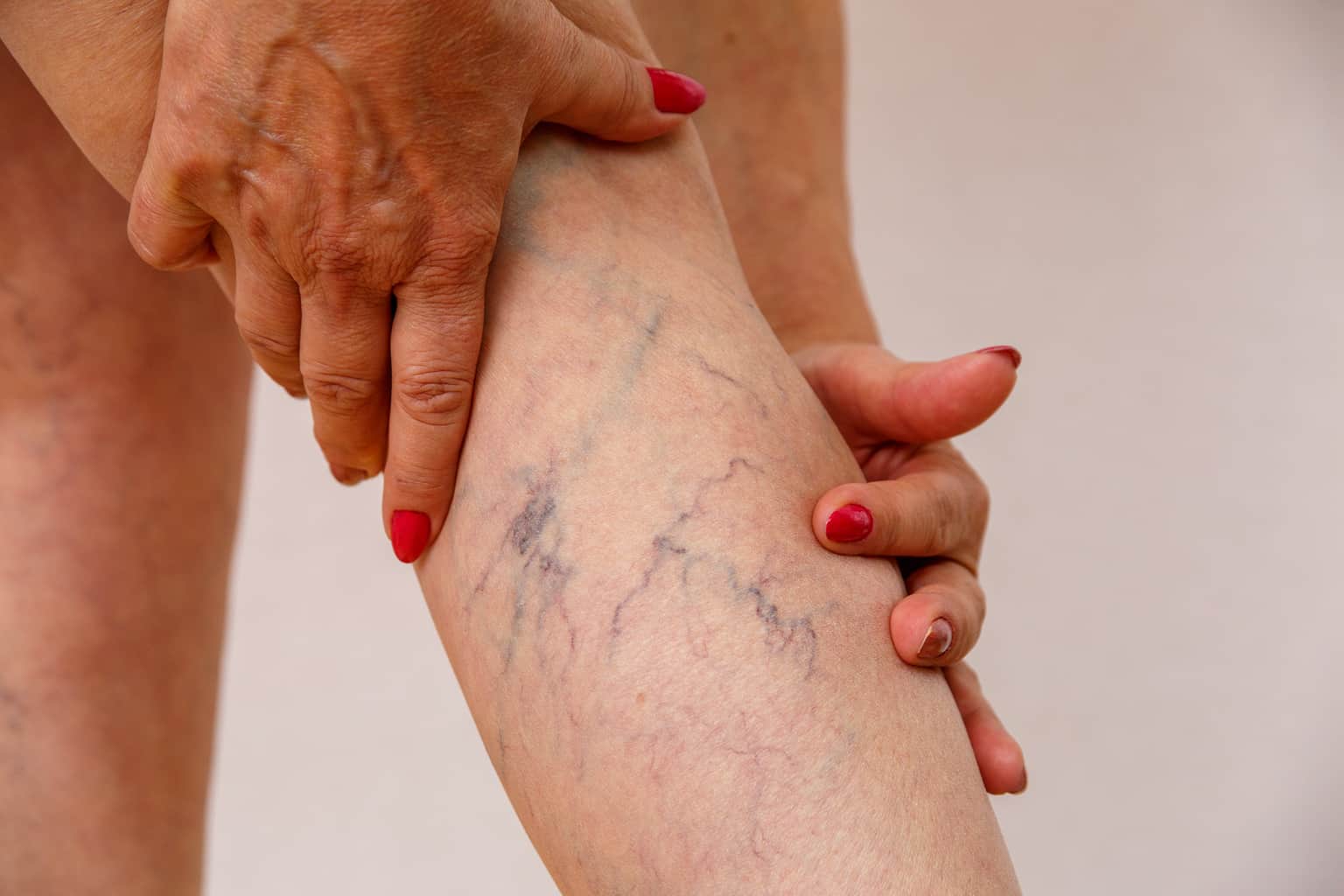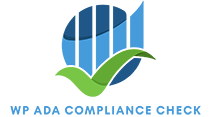
Vein Care
We provide patients with the latest in diagnostic imaging technology, interventional radiology, and vein care, including varicose and spider vein repair as well as treatment of other vascular conditions. After an evaluation, treatment is individualized to achieve the best possible outcome. We combine the latest minimally invasive technologies to make patients look and feel their best.
Location
Exam Preparation
For your initial visit, please bring a pair of loose fitting shorts. Our pre and post treatment instructions are available below. If you have any questions or concerns, do not hesitate to contact us at 612-873-5783.
Insurance Coverage for Treatments
Varicose vein treatments and procedures are usually covered by insurance companies. We accept most insurance plans and Medicare. Spider vein treatments are usually not covered by insurance companies. Your initial consultation, diagnostic ultrasound, and office visit are usually covered by insurance.
Frequently Asked Questions
The Vein Care Clinic treats patients with cosmetic and medical venous problems. We artfully combine the latest minimally invasive techniques to provide customized treatment plans for each patient.
If you have visible varicose or spider veins, vein treatments will remove unsightly varicose veins that appear to be large, blue, bulging veins, or spider veins which are small, thin red or purple veins that lay close to the skin surface.
- Leg pain, aching or cramping
- Burning or itching of the skin
- Leg or ankle swelling
- Heavy feeling legs
- Skin discolorations (at the ankle)
Ambulatory phlebectomy is surgical procedure used to remove varicose veins. Under a local anesthetic, tiny incisions are made over the abnormal veins and they are removed. The incisions are small enough that stitches are not required. Patients are able to walk after the procedure.
After the ambulatory phlebectomy treatment, a compression bandage and/or compression stockings are worn. Your physician will advise you how long to wear bandages or compression stockings. We recommend that you walk or bike after your treatment to alleviate any pressure in the veins and increase the blood flow in the veins. This will greatly reduce the risk of forming a blood clot.
For varicose veins, sclerotherapy is a very useful method to close down veins that cannot be treated with endovenous laser ablation. This procedure is often performed under ultrasound guidance using a foam solution of a drug called Sotradecal. Ultrasound is the most useful tool for evaluating the function of the veins in the leg and plays a critical role in determining the location and cause of the varicose veins. The ultrasound evaluation usually takes between 30 and 45 minutes per leg to complete. It is completely painless.
Spider veins are readily treated with sclerotherapy. Using a special light, a small needle is placed in the tiny vein and a drug is injected to close down the vein. In most patients, several sessions of sclerotherapy over a 3 month period will be required. Most patients will see an improvement 90% of the time. Often, an ultrasound study will be performed prior to sclerotherapy to ensure the other veins in the leg are functioning normally.
Varicose veins are abnormally enlarged veins. In most patients, they are caused by faulty valves which allow blood to "leak" back down into the leg. This causes increased pressure within the veins of the leg causing them to enlarge. As the veins enlarge, they look like ropes under the skin. Varicose veins cause a variety of symptoms such as burning, itching, tingling, fatigue, heaviness, cramping, aching, swelling, edema, and restlessness. Left untreated, symptomatic varicose veins can progress to more serious medical conditions including skin inflammation, skin ulcers, venous inflammation, and venous blood clots.
Heredity is the number one factor causing varicose veins. This is due to a weakness of the vein wall and vein valves. Women are more likely to suffer from varicose veins, because of pregnancy and hormonal factors. Other risk factors include advancing age, obesity, trauma, intense weight training exercise, and occupations involving prolonged sitting or standing.
Many women first experience vein problems during pregnancy and these can be treated with compression stockings. Normally, within 3 months of delivery, improvement in varicose veins can be seen but veins remaining after this time likely will not improve. Patients should not undergo any of these procedures while pregnant but can be treated if they are planning future pregnancies.
Yes. In many patients, the disease progresses with time. Discoloration of the skin in the ankle area occurs not infrequently. Painful venous ulcers can develop in the calf. Superficial thrombophlebitis (a condition in which a vein near the surface of the skin becomes inflamed and develops clot) may also occur.
Approximately 30% of the U.S. population has venous disease. It is more common in females and elderly patients.
Spider veins are smaller, colored veins that look like the legs of a spider. Spider veins are often considered to be unsightly and can cause leg pain and/or a feeling of heaviness. There is not always a correlation between amount of discomfort felt and the number of spider veins present; e.g. a person may have only a few spider veins and feel a fair amount of pain. Conversely, a person may have many spider veins and feel little or no pain. Just like larger varicose veins, spider veins are a result of increased pressure in the veins.
Endovenous laser ablation (EVLA) is procedure used to close abnormally functioning veins. EVLA is an outpatient procedure done under local analgesia. The laser is placed inside the abnormal vein through a tiny incision in the skin. The laser energy heats up the vein causing it to shrink and collapse. The procedure takes approximately 1 hour and you can return normal activities almost immediately.
Venous insufficiency is a common condition that occurs when valves inside the veins do not function normally. This allows blood to flow backward ("reflux") down into the leg causing increase pressure inside the veins.
The symptoms caused by venous insufficiency and varicose veins include aching pain, burning, tired and heavy legs, all of which worsen as the day goes on. In many patients, leg elevation relieves these symptoms. In more severe cases, venous insufficiency and reflux can cause changes in skin color and eventually wounds in the skin. People who have venous insufficiency can have symptoms even without visible varicose veins.

